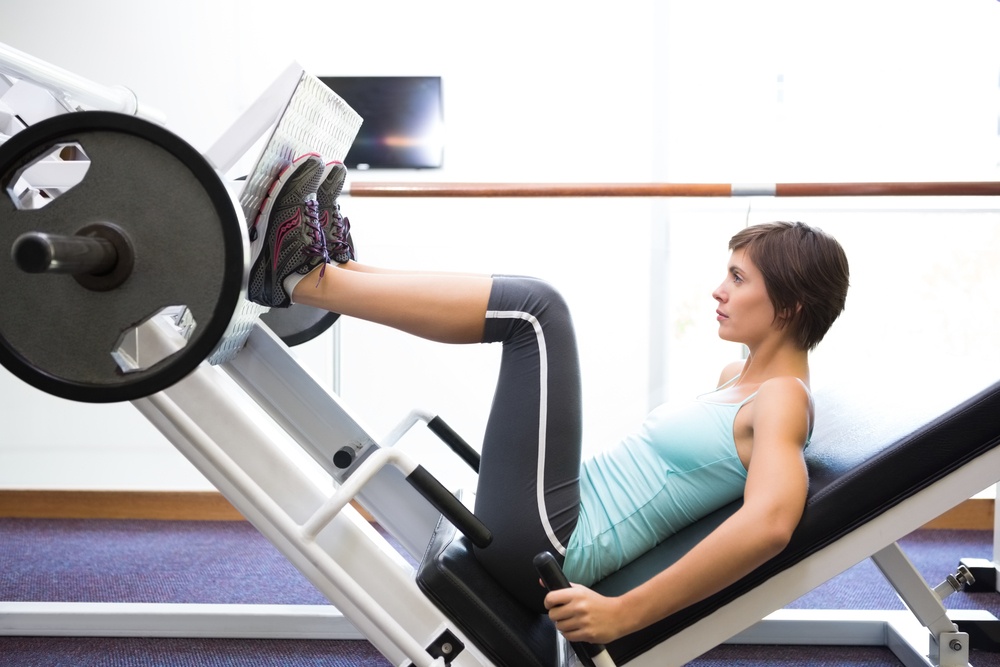Powerlifting: What is rpe
RPE is the short form of Rate of perceived exertion. It is a helpful tool for serious lifters to improve its programming. Based on your RPE your training volume can be increased or decreased to achieve better results and avoid injury.
What is your why
Before we go into the details of what is RPE for powerlifting, let me ask you a couple of questions:
- Why do you want to powerlift?
- Why do you want to change your body?
- What happens when you do?
- What happens if you don't?
These questions are important as they will make all the difference between your personal success and failure. Research shows that people who write down and reflect on their goals are more likely to achieve them. When was the last time you did this? Can you even remember? If you can not now is the time to get out a pen and paper to get started. Many people go about their lives like this:
- What do I want
- How do I get it
- Why do I want it
This is a great way to get you in a big mess. What you want changes hundreds of times a day based on what you see, smell, hear and taste. Your mind and body are predisposed to follow your most immediate needs. This was great when we lived on the plains and in the jungle to survive. In a world of abundance, these traits might not be that helpful to be successful. Do you want that chocolate? Absolutely! Would you rather go on a trip to Europe and spent all your hard earned cash on drink and food? Who would not! Will you get ripped and attractive when you consume tons of chocolate? Probably not. Will you be able to own a house and the ground that it stands on when all you do is travel? Not really. Following your impulses on a daily basis is especially bad in the long run. Something interesting happens, when you flip the running order of these questions on their head:
- Why do you want something
- How do you get it
- What needs to be done
This way you will focus on your long term and meaningful goals. Planning a family and spending time with your loved ones will take priority over the next muffin you want to stuff in your face. Your thoughts and actions will become more connected and success will follow. If you want to know how this works on a psychological basis, read Daniel Kahneman's thinking fast and slow. Simon Sinek's TED talk on the golden circle will change your life.
Your habits and rituals will determine your long term success. The best way I found to improve my habits was to have a journal. The self journal from best-self is the best I could find. You can check it out via this link.
Powerlifting
Powerlifting is the sport of the total. Your total consists of the three lifts, the bench press, squat, and deadlift. For each lift, you get three attempts to establish the highest amount of weight you can lift. The best attempt for each lift gets summed into your total. Based on your total you will be ranked against the other competitors in the field.
A big difference to lifting in the gym is that you will be judged. Three referees will observe your lifts from different angles and decide whether you performed them according to the rules of the federation that you are competing in. Two out of three have to agree for your attempt to qualify. You need at least one qualifying attempt for each lift, otherwise, you will be disqualified and can not place in the competition.
Your total usually splits 40/40/20. The squat and deadlift will contribute roughly 40% each while the bench press adds 20% to your total. These numbers can vary per individual lifter but are a good rule of thumb for your training.
Preparing for a powerlifting meet is taxing for the body. For coaches and for you to see the early warning signs of fatigue, you track your RPE. RPE is short for the rate of perceived exertion.
RPE: Rate of perceived exertion
RPE is a tool to track your exertion and whether you are progressing. It becomes especially useful when you are peaking or when you are stuck at a plateau and seemingly can not break through. You will simply rate your workouts on a scale of 5 - 10 depending on how much you personally think it sucked. A ten is "I completed all the reps, almost missed the last two reps of every set and felt like puking in the end", a five would equate to a walk in the park or a deload week.
Once you track RPE you can make an informed decision on the day and week over week to push yourself more or less. Very good program design will give you more volume when you constantly report low RPE and reel it in a little when you report very high levels of RPE. In a nutshell, RPE is a way of measuring how exhausted you feel to make adjustments to your training.
The Pro of this approach is that you will be able to have more optimized training experience and can push yourself for longer. The negative points are that it takes more time for you to track your training when you do this and that RPE is very subjective. This can make it a nightmare when you coach many people with different pain tolerances and strive for homogenous results among the group. This can be the case for Rugby and football teams.
Powerlifting: What is RPE
In short, it is a subjective unit to measure your fatigue for training purposes. If you want to identify a good personal trainer or program, look for the ones which ask you about how fatigued you feel after the workouts. These are usually more sophisticated and better programs. A good example is Powerlifting AI which is available at Juggernaut Training Systems.


